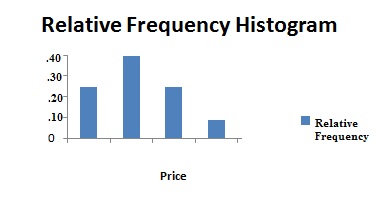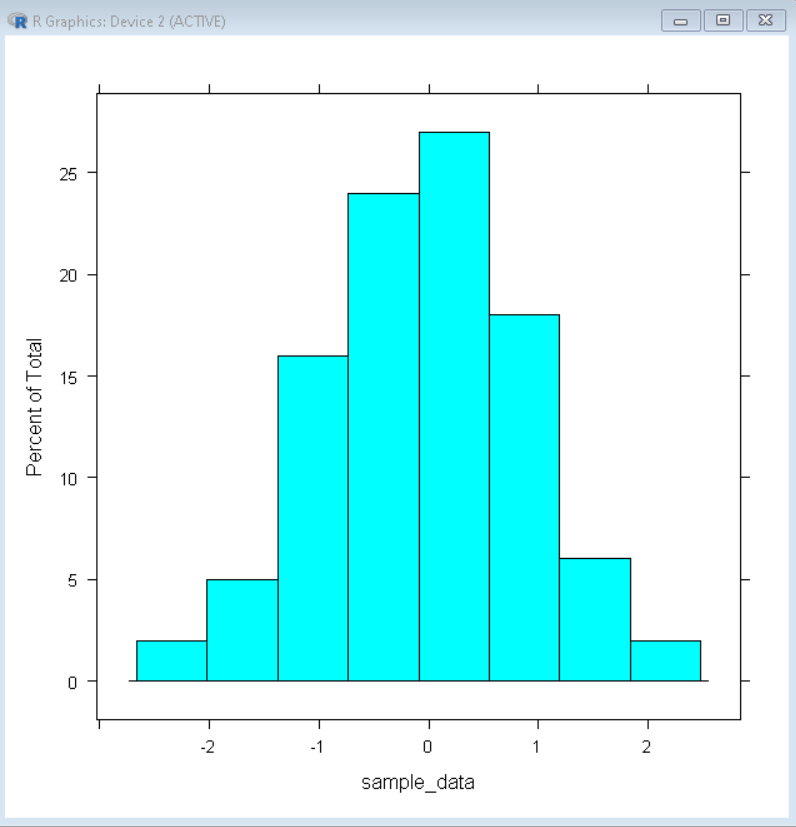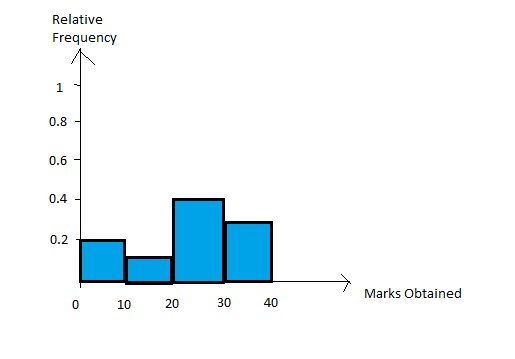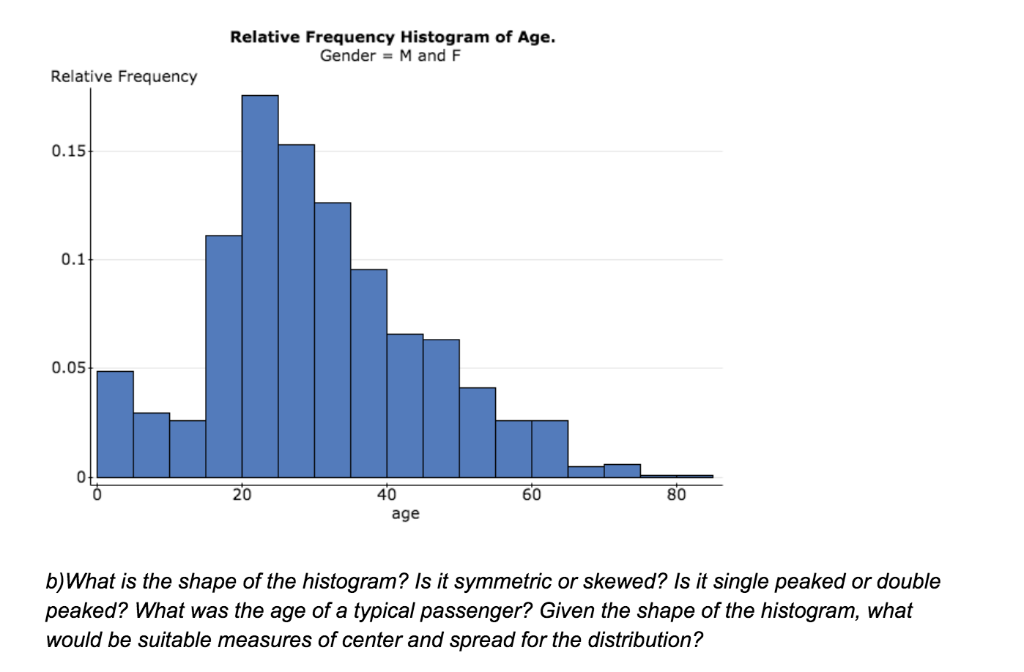Awesome Tips About How To Draw Relative Frequency Histogram

Select the column containing the relative frequency.
How to draw relative frequency histogram. The total number of customers is 132, so each frequency is divided by 132 (and multiplied by. A relative frequency histogram gives an empirical approximation to the probability density function of data. How to make a relative frequency histogram in easy steps.
Active the column with data, select statistics: To find the total number of data points in the histogram. To create histogram with relative frequency, please follow the steps below:
Then go to the charts group in the insert. Calculate class cumulative frequencies, which are the number of observations that are within class borders. You can use the following syntax to create a relative frequency histogram in matplotlib in python:
To create a histogram, we follow the next steps: Frequency counts to open the. The same frequency table can be used to create a relative frequency histogram.
We can also create a relative frequency histogram to visualize the relative frequencies. Import matplotlib.pyplot as plt import numpy as np #define plotting area. To create the histogram of relative frequencies in the recommended software, we need to follow the next steps.
Calculate class relative frequencies, which are the number of observations that are within class borders. Place classes on the horizontal axis. To create a relative frequency histogram in the r language, we use.

















